Ethereal Lens of Adolf de Meyer
by Marina Rybak
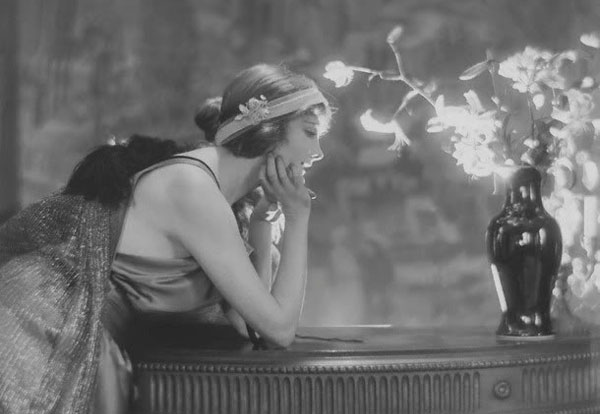 The Morgan Library is an inspirational oasis, located only a step away from the lingerie companies, clustered nearby on Madison Avenue. An afternoon escape into the mansion’s otherworldly beauty is well worth it. The Museum exhibits always guarantee a quick “pick-me-up” and infuse a bit of creative oxygen into a tedious daily routine. “The Treasures From The Vault” showcase, presently on view, is no exception. The ongoing popular series continue to highlight the literary jewels from the Museum’s collections in its spectacular marble rotunda.
The Morgan Library is an inspirational oasis, located only a step away from the lingerie companies, clustered nearby on Madison Avenue. An afternoon escape into the mansion’s otherworldly beauty is well worth it. The Museum exhibits always guarantee a quick “pick-me-up” and infuse a bit of creative oxygen into a tedious daily routine. “The Treasures From The Vault” showcase, presently on view, is no exception. The ongoing popular series continue to highlight the literary jewels from the Museum’s collections in its spectacular marble rotunda.
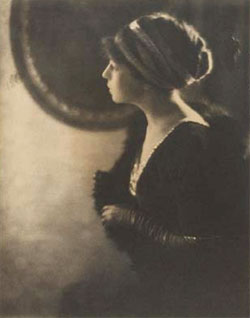 I was pulled to a hundred-year-old photo-portrait of Belle da Costa Green, Pierpont Morgan eccentric librarian. The dreamy luminosity of the photograph, taken by Baron Adolf de Meyer was created in the Pictorialist style, which I love and admire. Flourished at the end of 19th, beginning of the 20th century, this aesthetic movement focused on the emotional content of the new medium and was successful in elevating the photography into the realm of fine art.
I was pulled to a hundred-year-old photo-portrait of Belle da Costa Green, Pierpont Morgan eccentric librarian. The dreamy luminosity of the photograph, taken by Baron Adolf de Meyer was created in the Pictorialist style, which I love and admire. Flourished at the end of 19th, beginning of the 20th century, this aesthetic movement focused on the emotional content of the new medium and was successful in elevating the photography into the realm of fine art.
Most likely only few visitors to the exhibit knew much about the artist behind the portrait. And some will be surprised to find out the he was the founding father of fashion photography, whose ethereal body of work and the first-ever editorial spreads revolutionized the pages of Vogue at the turn of the last century.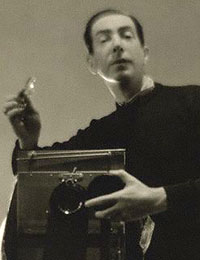
Baron Adolf de Meyer’s (1868-1946) was an international man of mystery and a posh trendsetter thanks to his polished French-German upbringing. As a budding amateur photographer he sparkled on both sides of the Atlantic, capturing sensuous, yet thoughtful images of socialites and celebrities of Belle Époque and Edwardian age. A virtuoso of soft lens, he was noted by Cecil Beaton as “the Debussy of photography”.
At the dawn of the Jazz Age in 1913 he became the first official photographer at Vogue, Vanity Fair and later at Harper’s Bazaar, recognized as the best in the field. He discarded the magazine pages, filled with mundane, impersonal illustrations and replaced them with sweeping fashion photography of the “in crowd”. His meteoric rise to stardom followed by a drawn-out fadeout into obscurity. Not able to catch up with thundering, sharp focused Modernism, he spent the remains of the day in Hollywood, almost forgotten. Today, few of his prints survive, most having been destroyed during World War II.
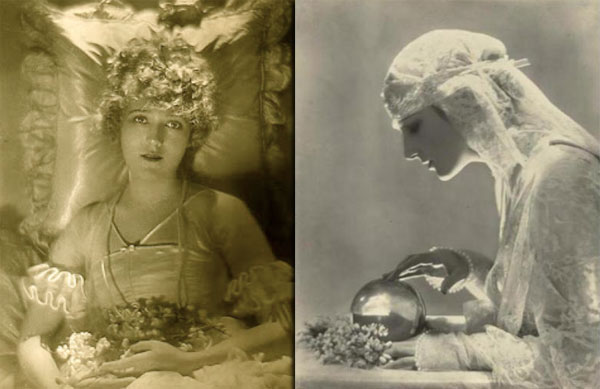
But looking back at his work I find it irresistible and romantic. Suspended in time, the fluid softness of the stylized photographs is fragile and voluptuous, rivaling the delicate underpinnings. Masterfully backlit subjects are glowing with gauzy shimmer. Black and white idle starkness is dispersed into the infinite shades of gray, expanding the spectrum into a seductive color palette. Ornate floral props frame this “moodboard”, accentuating the background with stenciled, almost lacy surface design allover.
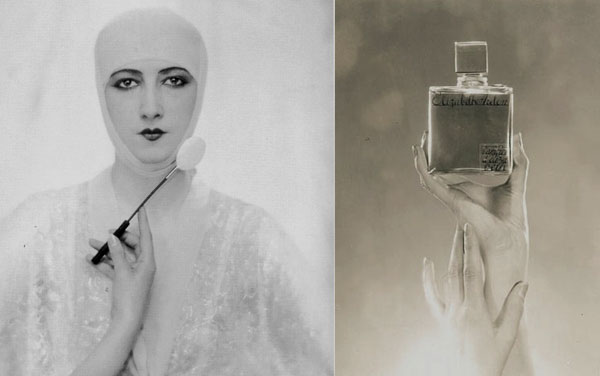 Elizabeth Arden Cosmetics advertisements from the late 20’s deserve a special mention. Futuristic and bold in contrast, they are supple in line and texture. Their attempt to breakout into a new era of Surrealism feels forced and unnatural. However, the striking beauty of the photo images is haunting and undeniable.
Elizabeth Arden Cosmetics advertisements from the late 20’s deserve a special mention. Futuristic and bold in contrast, they are supple in line and texture. Their attempt to breakout into a new era of Surrealism feels forced and unnatural. However, the striking beauty of the photo images is haunting and undeniable.
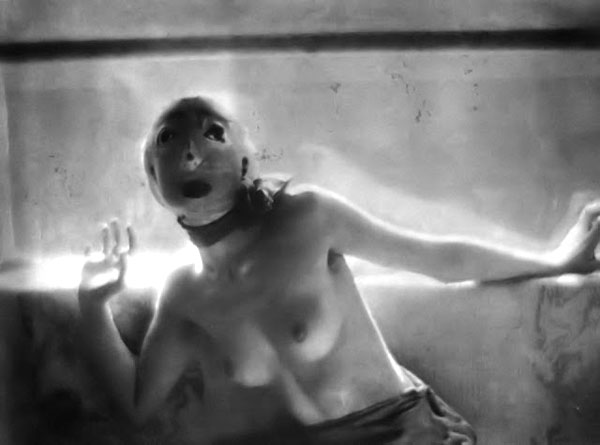
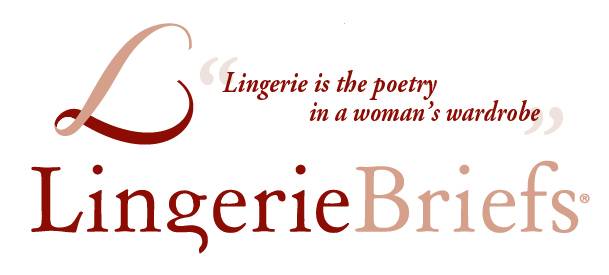
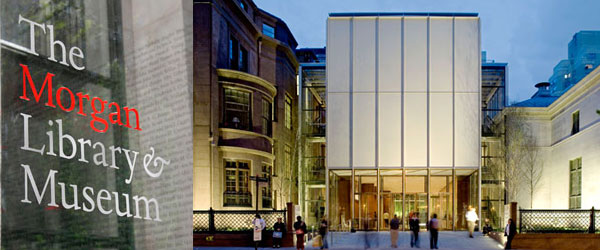

I truly love everything you write about. It’s so fantastic. Thank you for that.